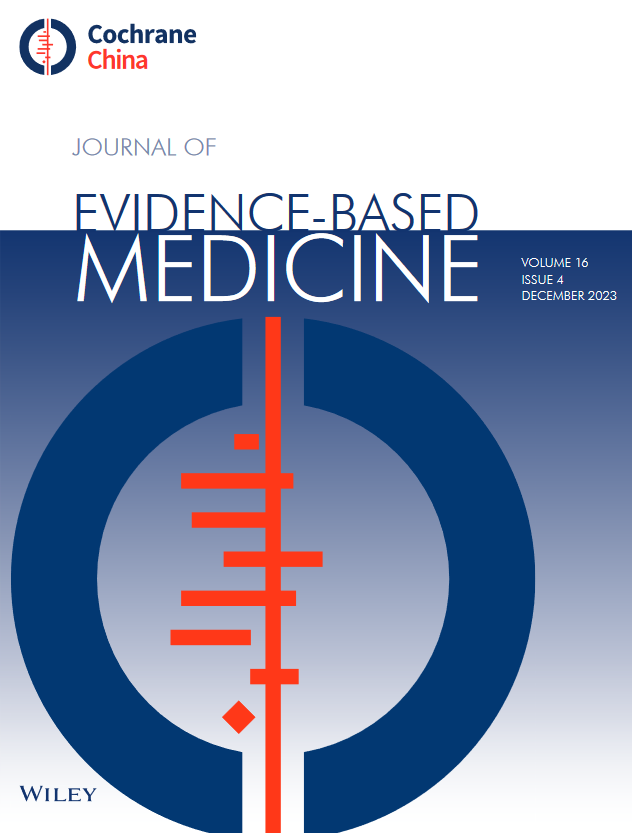Limited Evidence to Fully Determine the Implementation of Evidence-Based Practice by Healthcare Providers in Africa: A Systematic Review and Meta-Analysis
Abstract
Aim
Implementing evidence-based practice (EBP) is a complex process requiring healthcare providers to integrate evidence-based medicine (EBM) into clinical practice, ultimately improving clinical outcomes. This systematic review examined the sources of information for EBP, analyzed the extent of EBP implementation by healthcare providers, and explored the factors influencing EBP in Africa.
Methods
We identified articles published between January 1992 and March 2024 by searching Cumulative Index to Nursing and Allied Health Literature (CINAHL), EMbase, PubMed, and Scopus databases. The pooled effect sizes for the prevalence of EBP and odds ratios (ORs) were estimated using random- and fixed-effects models as appropriate. For the qualitative component of the study, we performed a thematic analysis and subsequently integrated and interpreted findings from both the quantitative and qualitative analyses.
Results
Thirty-three studies were included in this review, involving 9722 healthcare providers: 60.3% nurses, 15.9% physicians, and 15.4% midwives. Our findings revealed a lack of detailed information on how healthcare providers utilized different forms of EBM to inform EBP and clinical outcomes in Africa. Self-reported EBP was 57.3% among nurses and 37.3% among physicians. Nigeria had the highest self-reported EBP (75.2%), whereas Egypt had the lowest (18.9%). Common sources of information reported for EBP were PubMed, UpToDate, the Cochrane Library, clinical guidelines, and training programs. Factors associated with EBP included knowledge of EBP (OR = 2.13, 95% confidence interval [CI]: 1.83–2.47), positive attitude toward EBP (OR = 1.95, 95% CI: 1.76–2.15), and having EBM training (OR = 3.08, 95% CI: 2.08–4.57), and a managerial role (OR = 2.16, 95% CI: 1.37–3.41). The availability of guidelines (OR = 1.88, 95% CI: 1.5–2.37) and internet access (OR = 1.90, 95% CI: 1.54–2.34) were also found to increase EBP. Our qualitative analysis identified common barriers to EBP, including a lack of support, resistance to change, poor communication, and failure to integrate EBP courses into the continuing education curricula.
Conclusion
This systematic review found limited information on the sources of EBM, how it was delivered, and its frequency of use in clinical practice. Thus, the correlation between EBM, EBP, and clinical outcomes was not fully transparent. Further studies are required to examine the medical conditions addressed within providers’ scopes of practice, the types of evidence utilized, the frequency and consistency of EBP implementation, and its effect on enhancing patient outcomes.


 求助内容:
求助内容: 应助结果提醒方式:
应助结果提醒方式:


